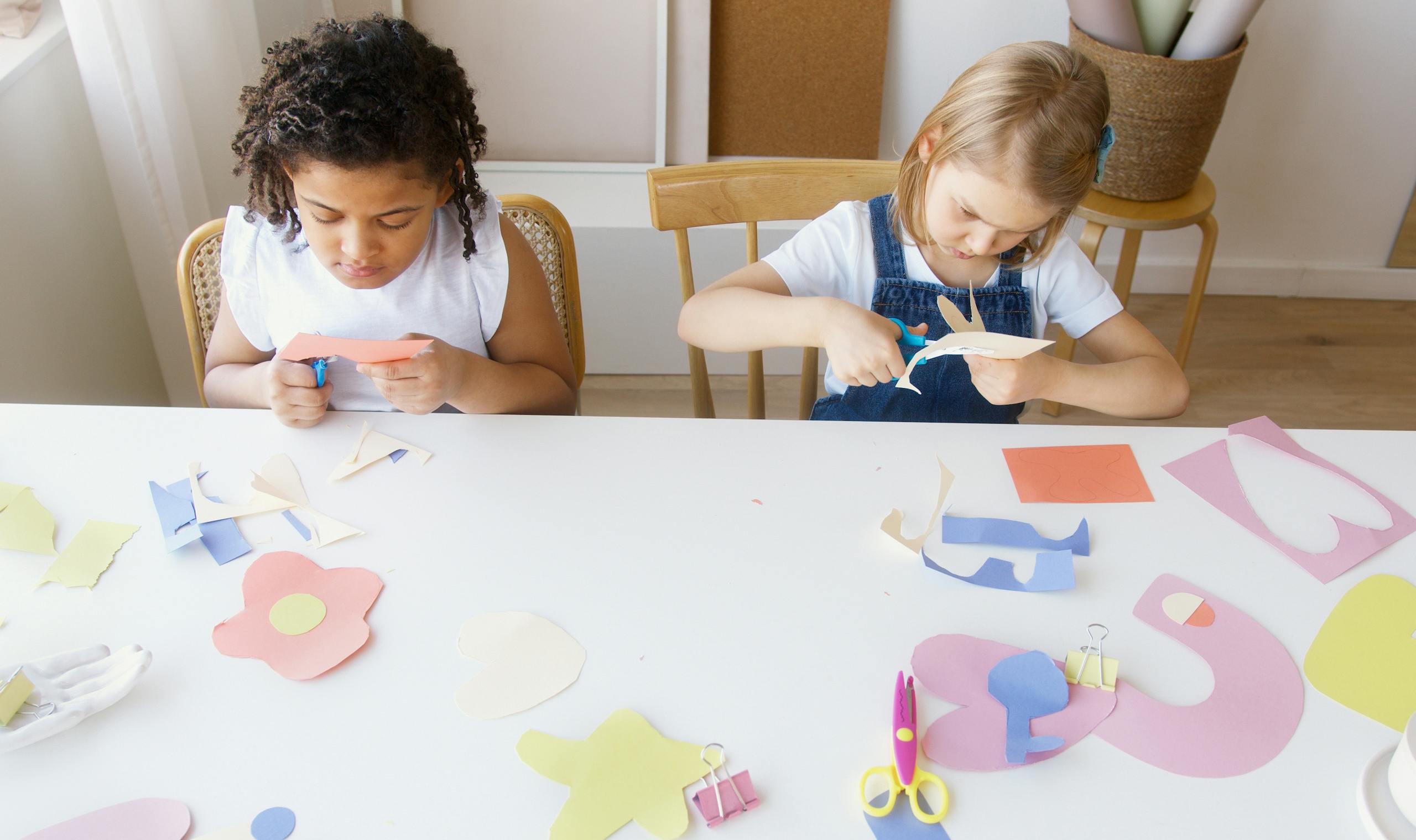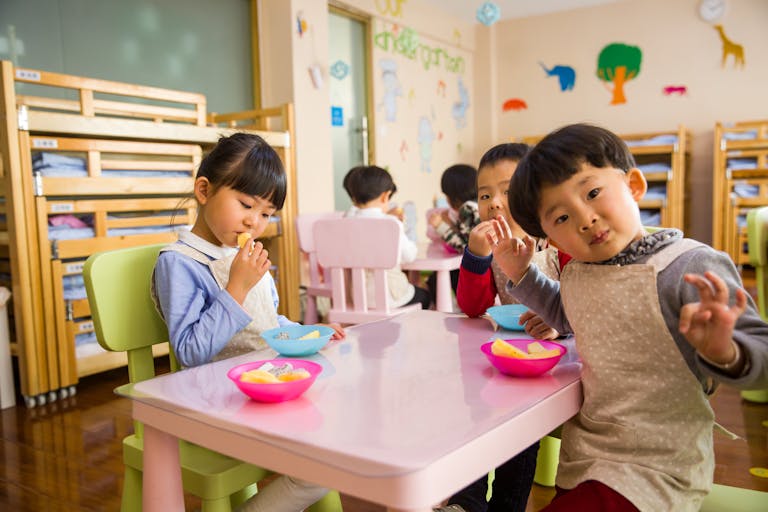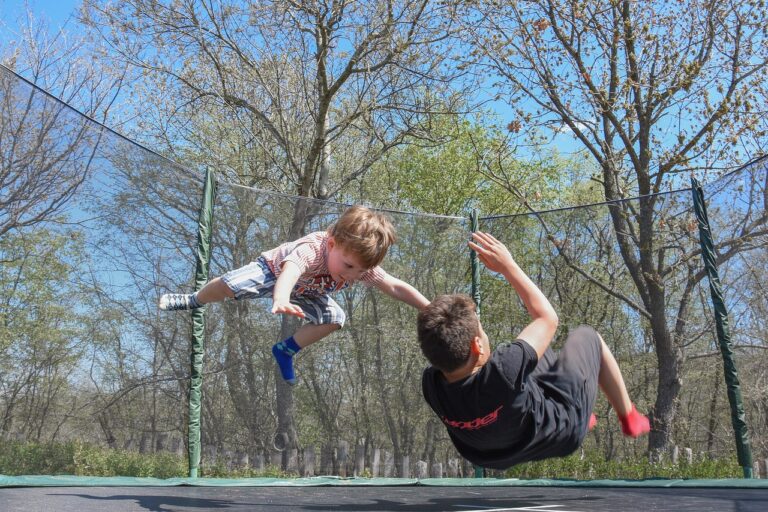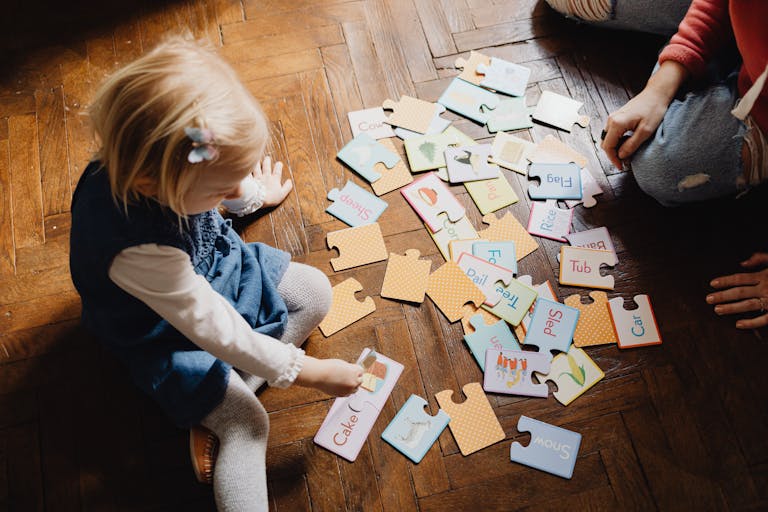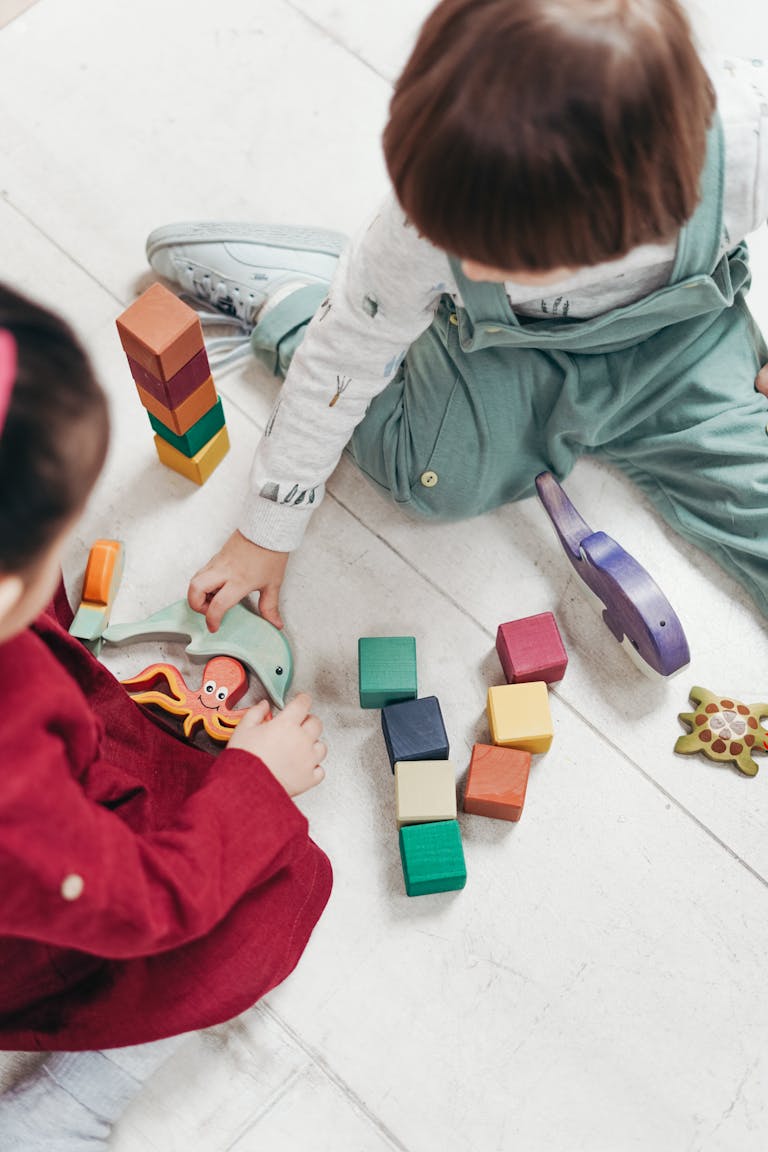Unlocking Creativity: Creative Arts & Crafts Ideas for Early Learners
Creativity is an essential skill that lays the foundation for problem-solving, critical thinking, and emotional expression. For early learners, engaging in arts and crafts not only boosts creativity but also enhances fine motor skills and cognitive development. Here are some inspiring ideas to help unlock the creative potential in young children.
1. Nature Art
Materials Needed:
- Leaves, flowers, and twigs
- Glue
- Paper or cardboard
Activity:
Take children on a nature walk to collect various items. Once back home, encourage them to create a nature collage on paper or cardboard. This activity fosters an appreciation for the environment while stimulating creativity through natural materials.
2. Recycled Crafts
Materials Needed:
- Empty milk cartons, toilet paper rolls, and plastic bottles
- Paint, markers, or stickers
- Scissors and glue
Activity:
Challenge children to transform recycled items into new creations, such as robots from milk cartons or animals from toilet paper rolls. This promotes sustainability awareness and teaches children to see potential in everyday objects.
3. Salt Dough Creations
Materials Needed:
- 2 cups flour
- 1 cup salt
- 1 cup water
- Food coloring (optional)
Activity:
Mix the ingredients to create a dough and let children mold it into various shapes. Once baked, they can paint their creations. This hands-on activity strengthens fine motor skills while allowing for imaginative expression.
4. Sensory Art
Materials Needed:
- Different textured materials (sandpaper, cotton balls, fabric, etc.)
- Paper and glue
- Non-toxic paint
Activity:
Encourage children to explore textures by creating a sensory collage. They can glue various materials onto paper and even paint over them to add color. This not only encourages creativity but also engages the sense of touch.
5. DIY Musical Instruments
Materials Needed:
- Empty containers (jars, boxes)
- Rice, beans, or beads
- Tape or glue
Activity:
Guide children in making their own instruments, such as shakers or drums. They can decorate the containers and fill them with materials to produce different sounds. This activity blends art with music, encouraging children to explore rhythm.
6. Painting with Unconventional Tools
Materials Needed:
- Paint
- Various tools (sponges, brushes, fingers, or even vegetables)
Activity:
Instead of traditional paintbrushes, offer various tools for painting. Children can use sponges, their fingers, or even cut vegetables to stamp paint onto paper. This invites experimentation and unorthodox methods, enriching their creative exploration.
7. Story Stones
Materials Needed:
- Smooth stones
- Acrylic paint or markers
Activity:
Have children paint different images or symbols on smooth stones that represent characters, settings, or objects. These stones can be used to inspire storytelling, allowing children to visualize their narratives and express creativity verbally.
8. Crafting with Textiles
Materials Needed:
- Old clothing or fabric scraps
- Buttons, thread, and glue
- Scissors
Activity:
Provide materials for children to create their own cloth dolls or stuffed animals. They can cut and sew (or glue) fabric pieces together, enhancing their imagination and fostering problem-solving skills as they figure out how to construct their projects.
9. Shadow Play
Materials Needed:
- Cardboard for cutouts
- A flashlight or a lamp
- A white wall or screen
Activity:
Create shadow puppets by cutting out shapes from cardboard. When illuminated by a light source, the children can use their puppets to tell stories or enact plays. This activity combines visual art with performing arts, prompting creative storytelling.
10. Seasonal Crafting
Materials Needed:
- Seasonal decorations (e.g., pumpkins for fall, flowers for spring)
- Craft supplies (glue, scissors, markers, etc.)
Activity:
Each season offers unique themes for crafting. Encourage children to create seasonal decorations such as autumn leaf garlands or spring flower pots. This reinforces the connection between art and the changing environment, inspiring ongoing creativity throughout the year.
Conclusion
Engaging early learners in arts and crafts unlocks their creativity and fosters important skills that will benefit them throughout their lives. By providing diverse and stimulating activities, we can nurture their imaginative minds while encouraging self-expression and problem-solving abilities. As these young artists explore the world around them, they cultivate a lifelong love of creativity.

